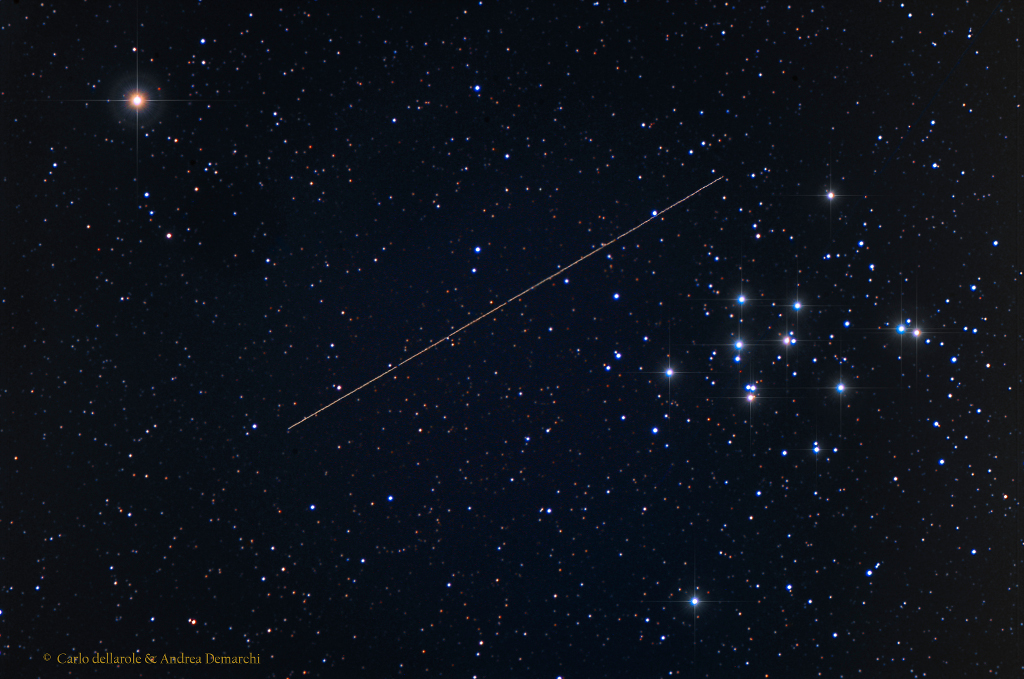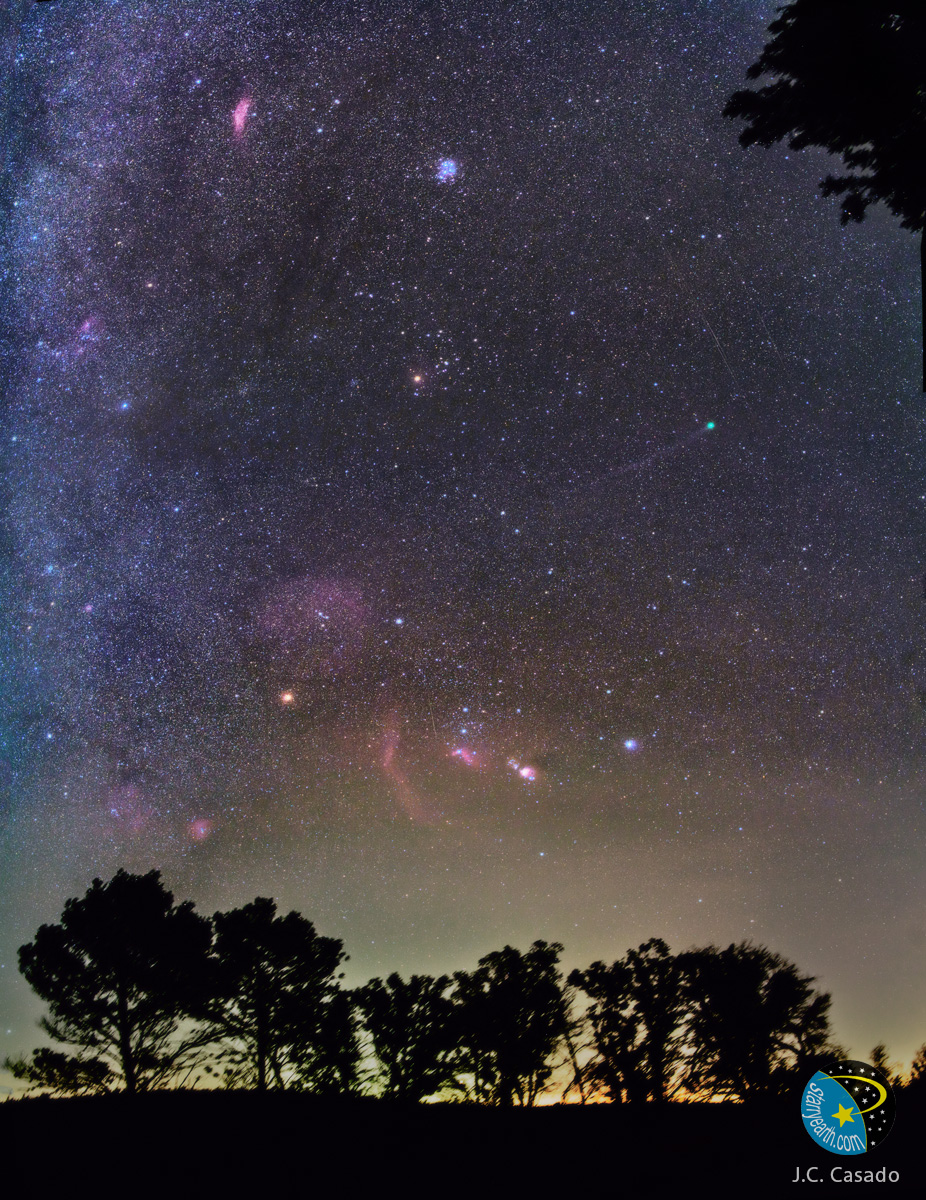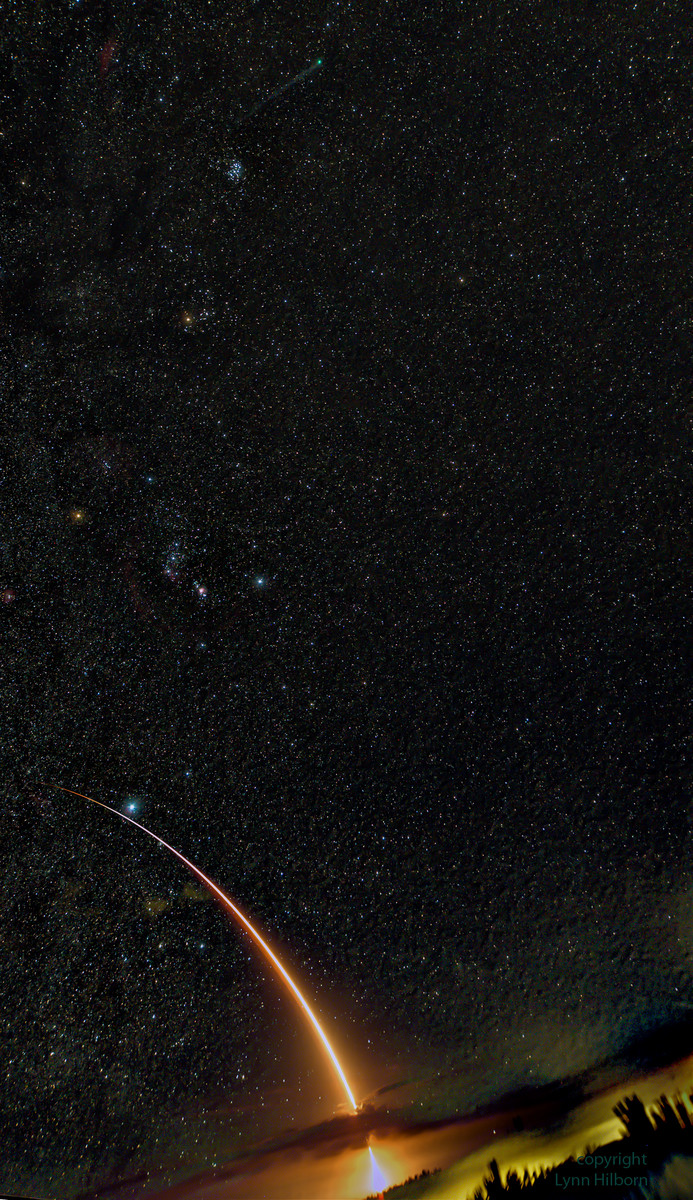
On July 23, 1999, a little more than seven hours after Space Shuttle Columbia and its five astronauts were launched from the Kennedy Space Center, NASA's Chandra X-Ray Observatory was successfully deployed by the STS-93 crew. Chandra was spring-ejected from a cradle in the shuttle’s cargo bay at 6:47 a.m. Central time, as Columbia flew over the Indonesian island chain. Commander Eileen Collins, the first female Shuttle Commander, maneuvered Columbia to a safe distance away from the telescope as an internal timer counted down to the first of a two-phase ignition of the solid-fuel Inertial Upper Stage (IUS). The IUS lit up as scheduled at 7:47 a.m., and a few minutes later, shut down as planned, sending Chandra on a highly elliptical orbit which was refined over the next few weeks by a series of firings of telescope thrusters, designed to place Chandra in an orbit about 6900 x 87,000 statute miles above the Earth. Since its deployment, Chandra has helped revolutionize our understanding of the universe through its unrivaled X-ray vision. Chandra, one of NASA's current "Great Observatories," along with the Hubble Space Telescope and Spitzer Space Telescope, is specially designed to detect X-ray emission from hot and energetic regions of the universe. In this photograph, the five STS-93 astronauts pose for the traditional inflight crew portrait on Columbia's middeck. In front are astronauts Eileen M. Collins, mission commander, and Michel Tognini, mission specialist representing France's Centre National d'Etudes Spatiales (CNES). Behind them are (from the left) astronauts Steven A. Hawley, mission specialist; Jeffrey S. Ashby, pilot; and Catherine G. (Cady) Coleman, mission specialist. In the background is a large poster depicting the Chandra X-Ray Observatory. Image Credit: NASA via NASA http://ift.tt/1A60XJ8

















































